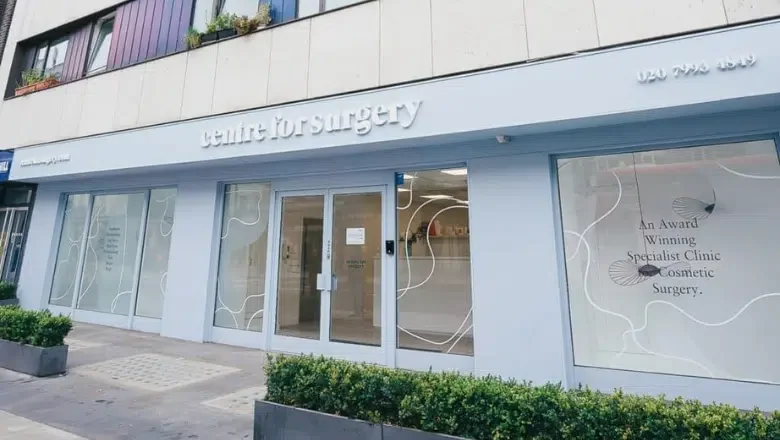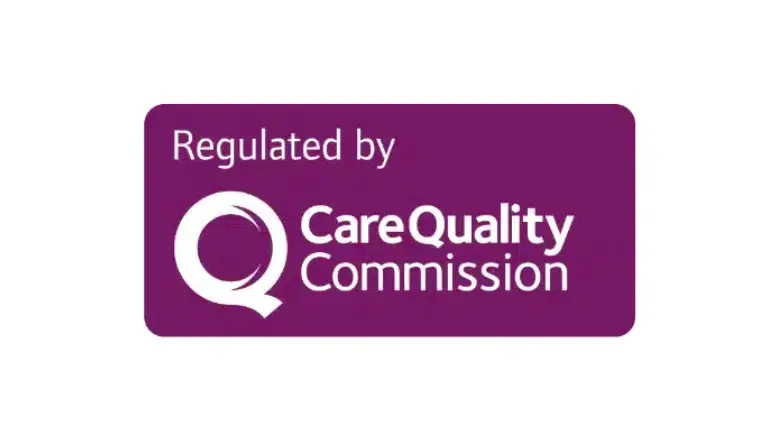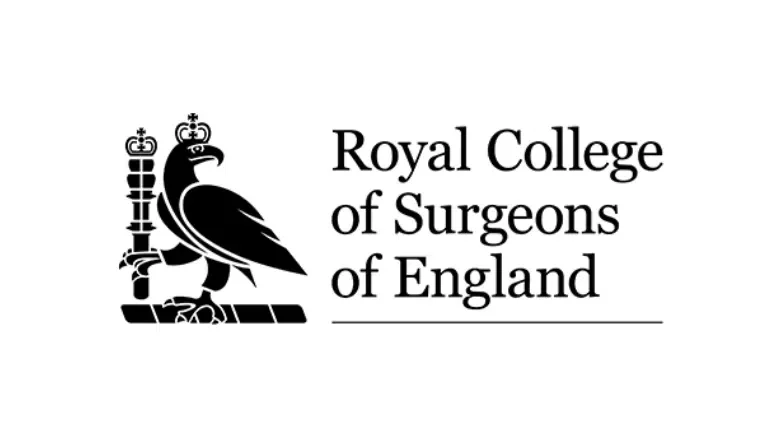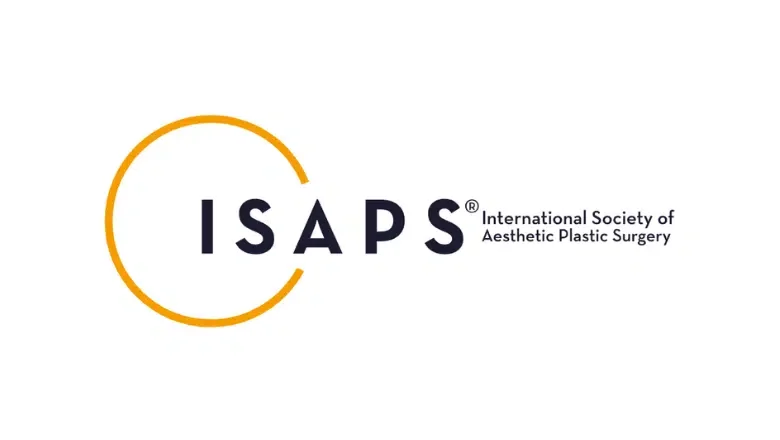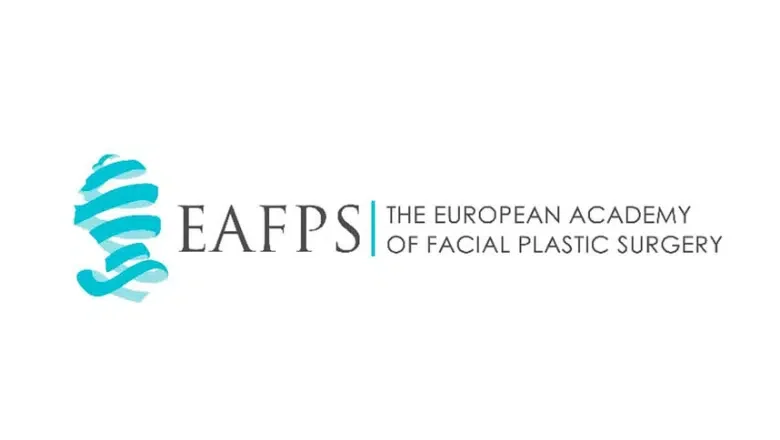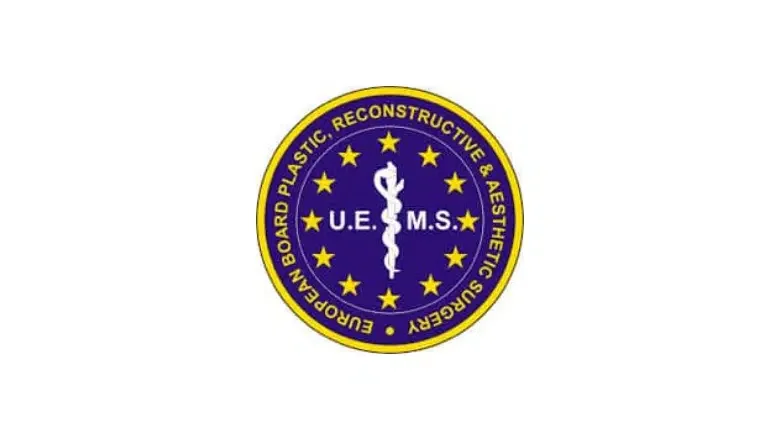Blepharoplasty, also called eyelid surgery, is a common cosmetic or functional procedure designed to reshape the eyelids by removing or repositioning excess skin, muscle, and fat around the eyes. Although the surgery is often successful in rejuvenating the appearance of the eyes and improving vision issues related to sagging skin, one potential postoperative side effect is watery eyes. While a certain level of tearing is considered normal in the days or weeks following blepharoplasty, prolonged or excessive tearing can indicate an underlying issue that requires attention. This guide delves into why watery eyes may develop after blepharoplasty, the possible causes, how they can affect recovery, and the treatments available to manage and alleviate the condition.
Centre for Surgery is a specialist London plastic surgery hospital home to experienced consultant specialists in blepharoplasty and eyelid surgery.
Blepharoplasty Explained: The Purpose and Benefits of Eyelid Surgery
Blepharoplasty is increasingly popular for both cosmetic and functional reasons. Ageing, genetics, and lifestyle factors contribute to the development of drooping eyelids, which can give the eyes a tired or aged look and may even obstruct vision if the excess skin folds significantly over the eyelid. In these cases, blepharoplasty provides a way to remove this excess tissue and achieve a more youthful, refreshed appearance or to improve the field of vision for those experiencing obstruction.
During the procedure, surgeons make small incisions either along the natural crease of the upper eyelid or under the lash line of the lower eyelid, depending on which area is being treated. Through these incisions, the surgeon removes, redistributes, or repositions tissues to create a smoother, tighter eyelid area. The procedure is performed under local or general anaesthesia, depending on the extent of the surgery and the patient’s needs. While blepharoplasty is considered a relatively low-risk surgery, side effects, including watery eyes, are possible as the body heals.
Common Causes of Watery Eyes after Blepharoplasty
It’s not uncommon to experience mild tearing immediately following eyelid surgery. However, if watery eyes persist beyond the normal recovery period, several factors may be contributing to this response. Understanding these factors is essential to determine the right approach for treatment.
Inflammation and Swelling
One of the most common causes of watery eyes after blepharoplasty is inflammation and swelling around the operated area. The trauma from surgery can lead to irritation of the eyelid’s tissue, causing the tear glands to produce more fluid in response. This increased tearing is a natural defence mechanism of the body, intended to soothe the irritated tissues and keep the eye moist. Swelling in the area can also disrupt the natural drainage system of the eye, which can exacerbate the problem.
Tear Duct Blockage
The eyelids play an essential role in guiding tears towards the puncta, tiny openings at the inner corner of each eye that drain tears into the nasal cavity. After blepharoplasty, if the position of the eyelids or the nearby tissues changes, even slightly, the tear ducts may become blocked or obstructed. Such blockage prevents tears from draining correctly, leading to an overflow of tears. This condition, known as epiphora, can be uncomfortable and frustrating for patients, and it’s not always immediately apparent as it can develop a few weeks after surgery.
Changes in Eyelid Position
Blepharoplasty can sometimes cause a temporary or, in rare cases, permanent change in the position of the eyelids. If the eyelids are pulled too tightly, they may become slightly retracted, causing an imbalance in tear distribution across the eye. This imbalance can lead to either dryness or excessive tearing as the eye struggles to maintain adequate moisture levels. In some cases, the lower eyelid may droop slightly away from the eye, a condition known as ectropion, which often leads to chronic tearing as the eyelid fails to spread tears evenly.
Dry Eye Syndrome
Ironically, dry eye syndrome is another cause of watery eyes. When the eyes are too dry, they may produce more tears in an attempt to relieve the discomfort. After blepharoplasty, some patients experience dry eyes due to a temporary disruption in the natural lubrication system of the eyes. The dryness, especially when combined with inflammation from surgery, can lead to an overproduction of tears, which can seem paradoxical but is a common protective response of the eyes.
Impact of Watery Eyes on Recovery and Daily Life
Watery eyes after blepharoplasty can extend the recovery time and may make daily activities challenging. Patients may experience blurred vision due to the constant presence of tears, making tasks like reading, driving, or using electronic devices uncomfortable or even unsafe. The constant tearing can also cause skin irritation around the eyes, leading to redness and sometimes minor rashes.
For those who have undergone blepharoplasty for cosmetic reasons, watery eyes can detract from the visual impact of the surgery. Redness, swelling, and irritated skin around the eyes can temporarily mask the rejuvenating effects of the procedure. Therefore, addressing watery eyes promptly is often necessary not only for comfort but also for optimal cosmetic results.
Treatment Options for Managing Watery Eyes after Blepharoplasty
Fortunately, a range of treatment options is available to alleviate watery eyes post-blepharoplasty, depending on the underlying cause. These treatments range from simple at-home remedies to medical interventions.
1. Cold Compresses and Anti-Inflammatory Medication
In the immediate postoperative period, applying a cold compress to the area can help reduce swelling and inflammation, which are primary contributors to watery eyes. Cold compresses can constrict blood vessels and reduce fluid build-up around the eyes. Additionally, doctors may recommend anti-inflammatory medications to help manage swelling, which, in turn, can ease the tearing.
2. Artificial Tears and Lubricating Eye Drops
If dry eyes are suspected to be the cause of the excessive tearing, using artificial tears or lubricating eye drops can provide relief. These eye drops mimic natural tears, keeping the eyes moisturised and reducing the overproduction of tears in response to dryness. It’s essential to use preservative-free eye drops, as those with preservatives may cause further irritation, especially in sensitive, healing tissues around the eye.
3. Massage and Eyelid Exercises
For patients experiencing mild changes in eyelid position, gentle massage and specific exercises may help in improving the alignment and flexibility of the eyelid muscles. These exercises aim to stimulate blood flow and promote the healing of tissues, which can help reduce tearing. However, these should only be performed under a doctor’s guidance, as incorrect techniques could aggravate the condition.
4. Warm Compresses for Tear Duct Obstructions
If a tear duct blockage is suspected, applying a warm compress may help. Warmth can promote drainage and encourage the release of any minor blockages. In some cases, gentle massage near the tear duct area can also assist in opening up the passageway, allowing tears to drain correctly and reducing overflow.
5. Punctal Plugs
In cases where watery eyes are due to dry eye syndrome, punctal plugs might be recommended. These tiny, biocompatible devices are inserted into the tear ducts to slow down the drainage of tears, allowing for more moisture on the eye surface. They are a reversible solution and can be easily removed if the patient no longer needs them once the healing is complete.
6. Surgical Revision for Persistent Issues
Surgical revision may be necessary for some patients, particularly those with ectropion or other structural changes in the eyelid. This option is usually considered only when other treatments fail to relieve the tearing and is typically delayed until the initial healing phase is complete. A minor corrective surgery can adjust the eyelid position, restoring the natural balance needed for proper tear distribution.
When to Seek Medical Help for Watery Eyes
While watery eyes often resolve on their own within a few weeks as swelling decreases and the healing process progresses, there are instances when medical intervention is necessary. If the tearing is accompanied by severe pain, signs of infection such as redness and warmth around the surgical site, or vision changes, it’s essential to contact a healthcare provider promptly. Persistent or worsening watery eyes that do not improve with standard treatments should also be evaluated, as this may indicate an underlying structural issue that needs attention.
Why Choose Centre for Surgery for Eyelid Surgery?
We understand the impact of tired, drooping, or sagging eyelids on a person’s appearance and confidence. Our goal is to help you achieve natural and rejuvenated results, making us a leading choice for eyelid surgery in London.
Our Expert-Led Approach to Eyelid Surgery
Centre for Surgery stands apart in the field of cosmetic and plastic surgery for our unique approach and dedication to patient care. Our surgeons are recognised experts who have trained at some of the world’s most prestigious institutions. They focus exclusively on facial and eyelid surgery, honing skills that produce refined, natural results. We combine advanced surgical techniques with state-of-the-art equipment, ensuring safety, precision, and the best possible outcomes for our patients.
Our clinic is designed to offer a seamless experience, from your initial consultation to post-operative care. We prioritise patient comfort, privacy, and satisfaction throughout every stage of the process. All consultations are carried out in our modern Baker Street clinic, a space equipped with the latest medical advancements to ensure the highest standard of care.
What to Expect from Your Eyelid Surgery Consultation
Choosing to undergo eyelid surgery is a personal decision, and we respect the importance of understanding your needs. During your initial consultation at Centre for Surgery, our specialist will discuss your concerns in detail. We focus on individualised treatment plans, addressing your unique anatomy and aesthetic goals. You will be able to view before-and-after images of our previous patients to see the quality of work we consistently deliver.
Our clinic offers comprehensive guidance to ensure you are well informed about the procedure, recovery process, and expected outcomes. Our surgeons use advanced imaging technology to show you potential results, helping you make a confident decision.
Patient Testimonials: Hear from Our Happy Clients
We believe that our patients’ experiences speak volumes about the quality of care and results we provide. Here are some real-life testimonials from people who have chosen Centre for Surgery for their eyelid surgery:
- Sophia M.: “I couldn’t be happier with my results from Centre for Surgery. The team made me feel at ease right from the start, explaining every part of the procedure. The care and attention I received were second to none. I look and feel years younger!”
- James P.: “From the initial consultation to post-surgery follow-ups, Centre for Surgery exceeded my expectations. The professionalism and friendliness of the staff were outstanding. My eyes look so much more awake and youthful, and I’m constantly getting compliments!”
- Emma L.: “My experience with Centre for Surgery was incredible. The results of my eyelid surgery were exactly what I had hoped for—natural and subtle. The team guided me through every step, and the aftercare was amazing. Highly recommend to anyone considering blepharoplasty.”
Contact Us to Book Your Consultation
Taking the first step towards rejuvenated, youthful eyes is simple. If you’re ready to explore eyelid surgery with one of London’s leading specialists, book your consultation at Centre for Surgery. Our team is on hand to answer any questions you may have and guide you through the process.
📞 Phone: 0207 993 4849
📧 Email: contact@centreforsurgery.com
📍 Address: 95-97 Baker Street, London W1U 6RN
You can learn more about our team of experts here.
Why Finance Shouldn’t Be a Barrier
We believe everyone should have access to quality cosmetic care, which is why we offer flexible finance options, including 0% APR with Chrysalis Finance. This makes eyelid surgery more accessible, allowing you to focus on your results without financial stress. For more information on our finance plans, visit our finance options page.
Discover More About Centre for Surgery
Our commitment to excellence goes beyond eyelid surgery. For those interested in learning more about our procedures, techniques, and patient experiences, we invite you to explore our comprehensive plastic surgery blog. Additionally, we have detailed answers to common queries on our FAQs page, helping you feel informed and confident.
For a detailed understanding of why Centre for Surgery is the best choice for your cosmetic needs, visit our About Us page.
Choosing Centre for Surgery means partnering with a clinic known for exceptional patient care, advanced techniques, and outstanding results. Schedule your consultation today and start your journey to a more refreshed, youthful appearance.

